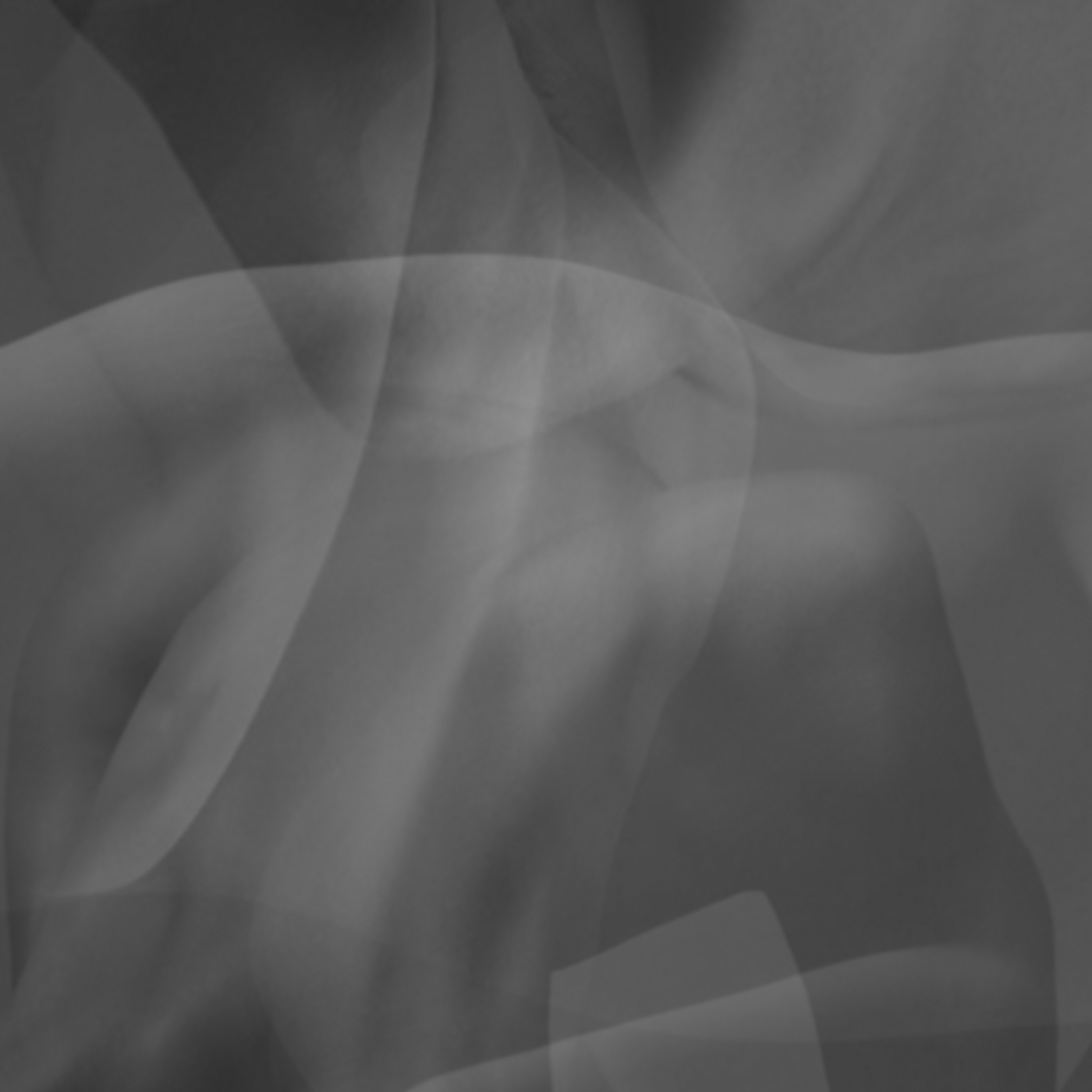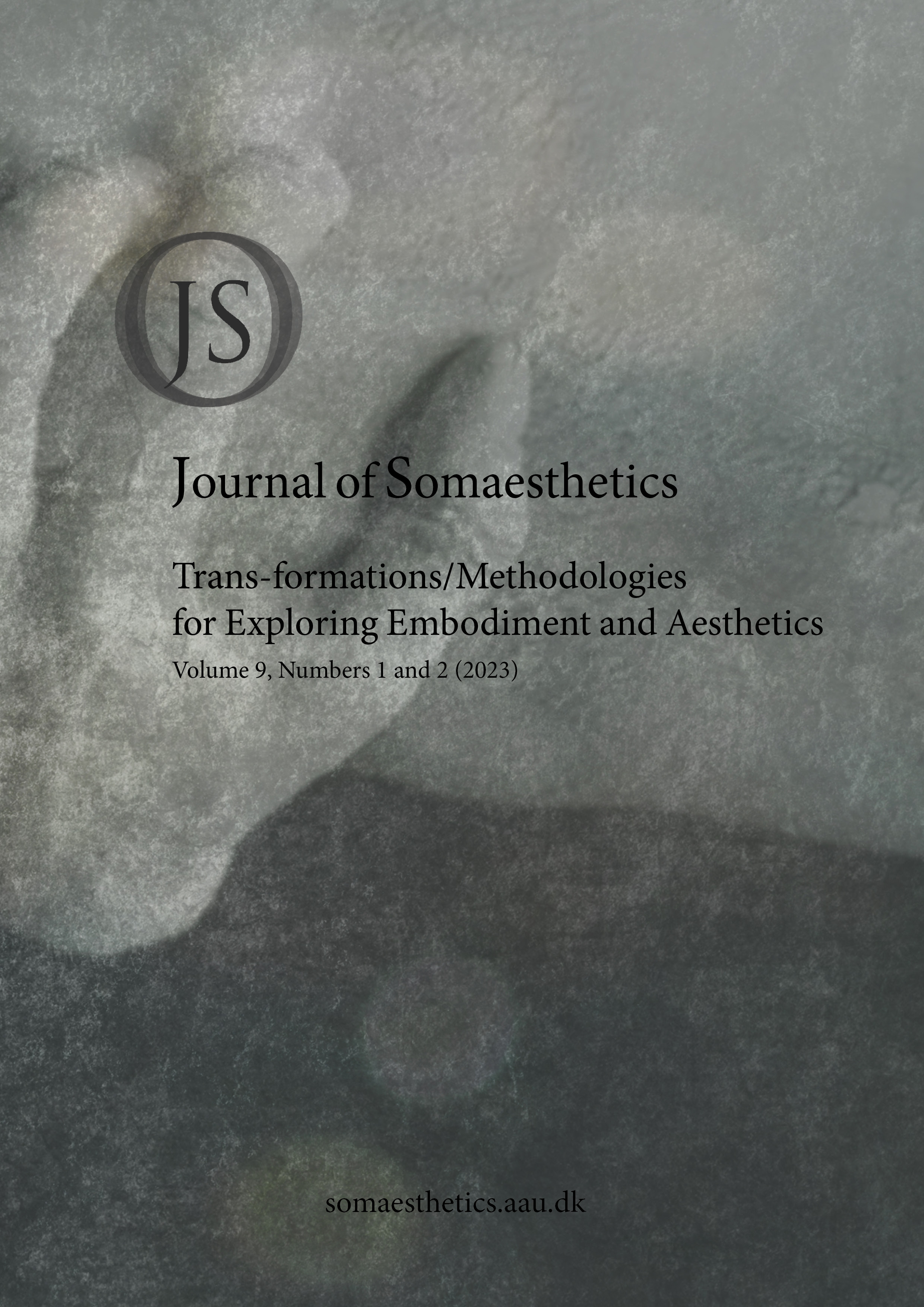Call for Paper: Eros and Thanatos: Bodies in Dance
If Eros represents those tendencies within us that aim to preserve life, and Thanatos represents the impulse toward death, how can these forces in our existence be approached from a somaesthetic point of view? The upcoming special issue will engage in a dissection of the themes of Eros and/or Thanatos with a special focus on the dancing body.
Read more about Call for Paper: Eros and Thanatos: Bodies in Dance


